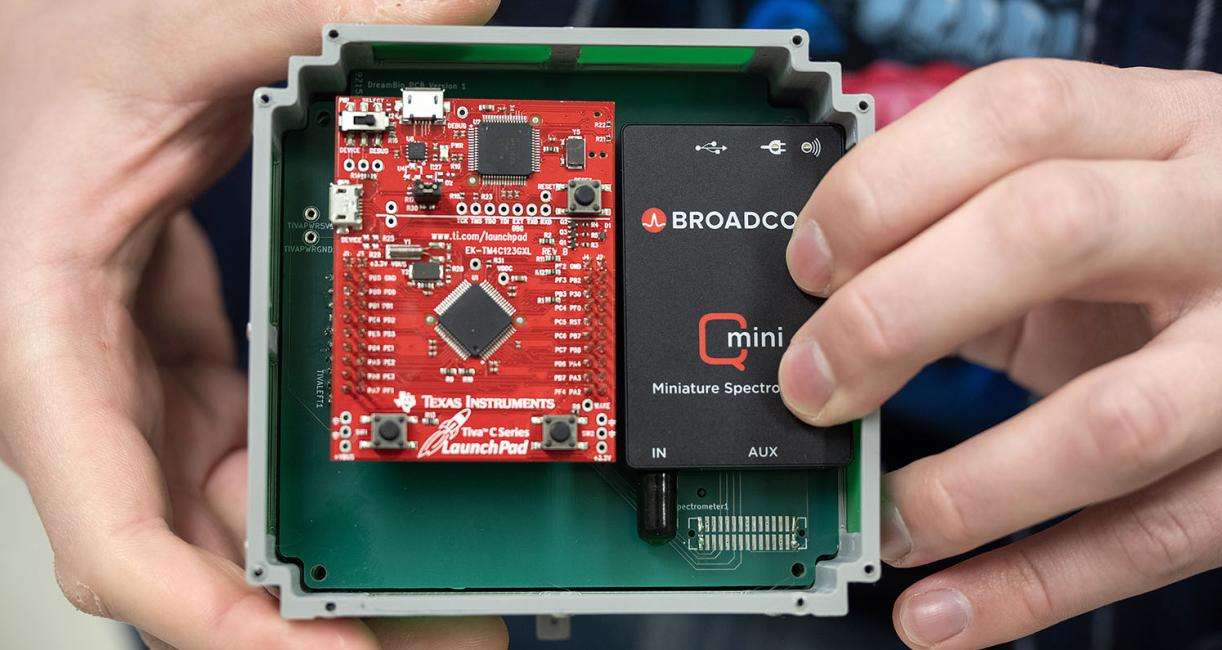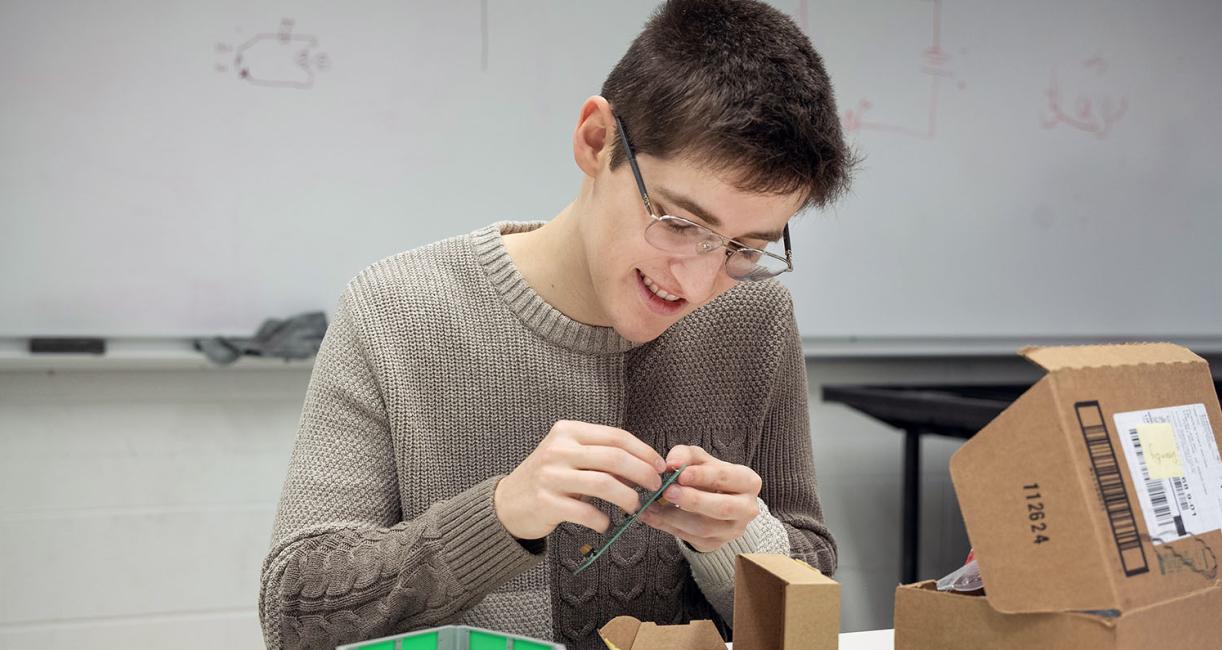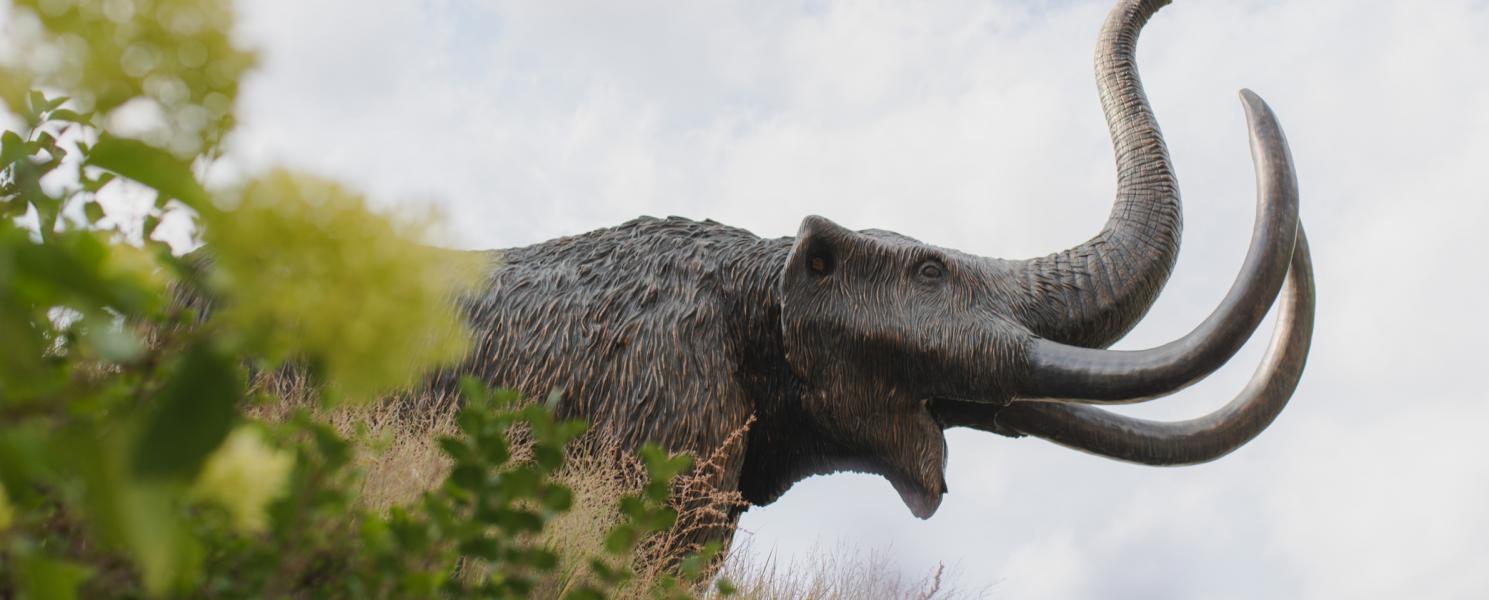


ETCS students working on satellite project to measure pollution
By Blake Sebring
April 16, 2025
Imagine going to class to work on a project that might affect humanity five years into the future—and knowing that if you accomplish the task well enough, it potentially has a further impact.
An assignment of this kind, to build a satellite, is happening right now in the College of Engineering, Technology, and Computer Science at Purdue University Fort Wayne. It’s part of a larger project involving PFW students Marcelo Fernandez Maldonado, Dale Miljkovic, David Shaw, and Ivan Shouldice who are taking a senior design class taught by Chao Chen, a professor of computer engineering.
“I was excited to do something that would last for a little bit,” said Shouldice. “This mission is going to be going into space for five years, so it is kind of cool to think about it and be able to someday point up to the sky and say, 'Hey, one of my satellites is up there orbiting Earth.'”
The university's involvement was initiated by NearSpace Education, which approached Sean Ryan, director of PFW’s Office of Engagement. The PFW students are joining others from five Midwest universities. The work being done at each location will be part of a larger payload, which will release individual satellites. An official launch date or site has yet to be determined.
PFW’s part of the project is designed to monitor pollution by measuring the composition of particles in the atmosphere, particularly those released by fracking and oil refining. It will be tested during a high-altitude balloon launch scheduled to take place as soon as this week.
The work has been arduous, starting with the fall semester and likely continuing into late summer. There has been constant discussion between the four students, proposing ideas that are tested to see what could work best. The parameters of the container are about the size of a large hamburger box and can weigh no more than 250 grams.
“This project is very unusual compared to other projects that I have advised before,” Chen said. “We are going into unfamiliar territories with new requirements, and then we are told certain things cost too much and those kinds of things. It’s very open-ended, which gives us the opportunity to brainstorm a variety of innovative ideas. While we did encounter some unexpected challenges, it’s all part of the adventure and learning process.”
Fernandez Maldonado is majoring in electrical engineering and Miljkovic in computer and electrical engineering. Both are graduating in May. Shouldice, who’s majoring in electrical engineering and mathematics, is on track to graduate in December. Shaw, a computer engineering major, plans to continue his studies at PFW until in 2026, when he hopes to receive a master’s degree.
“I’ve definitely been surprised how much work we’ve put in and the complexities there are,” said Fernandez Maldonado. “I think we were kind of caught off guard with the level of difficulty because there is so much that goes into field-proofing a satellite, and there are a lot of things you need to think of.”
The group also worked with various departments and professors across campus to ask for advice on different aspects.
Each individual works with specific parts of the experiment. Shaw commented how he utilized experience gained in a class last year to solder connecting pins to the printed circuit board.
“We’re hoping that through comparing our data to stuff that NASA has gathered, we can say, `Hey, our satellite is very close and is getting the same data that NASA’s giant satellites are getting,’” Shouldice said. “If that is the case, why don’t we just use these smaller satellites, which are going to save a lot of money and give us better coverage because we can send out a lot more of them.”




